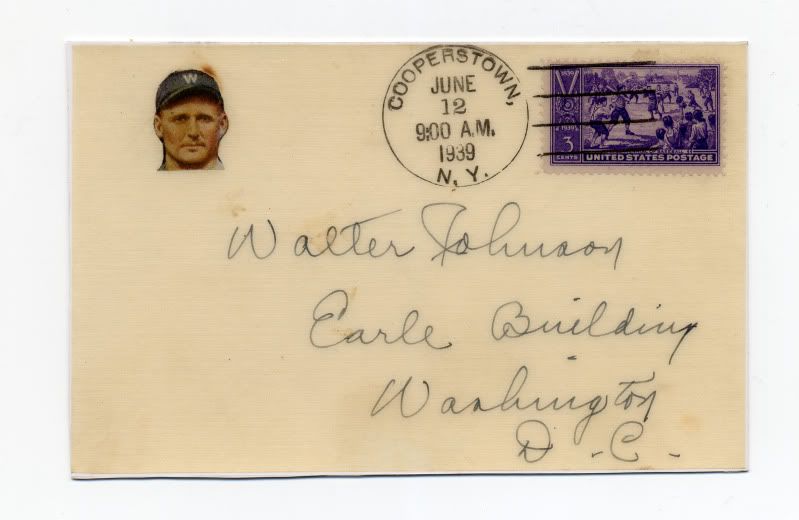|
|
|
|
#1
|
|||
|
|||
|
Why are laminated autographs (where the signatures are clear and clean) worth so little? Or, at least, worth so little to you? I never got why their they'd be worth so little.
|
|
#2
|
||||
|
||||
|
Any collectible in an altered state is normally worth less. Most collectors want their items to be original and as issued. To address your specific concern, I would imagine that the fact that shellac/varnish is prone to peeling and darkening over time would be the main concern. I know this would keep me away, as a potential buyer.
|
|
#3
|
|||
|
|||
|
I was half guessing future deterioration might be a reason.
|
|
#4
|
||||
|
||||
|
"Laminating" is sealing between two sheets of plastic, each of which adhere (permanently) to the paper. No shellac or varnish. The procedure has not been popular for some time, and so almost all laminated items are fairly old. One problem, of course, is the yellowing of the plastic. In theory, laminated items are not much different than shellac balls--the handwriting has been permanently sealed under a clear coating. In one case the coat goes on as a liquid, in the other as a solid.
Here is an (unfortunately) laminated item in my collection, the front of a cover signed and addressed by Walter Johnson at the first Hall of Fame induction:  All-in-all, it's not too bad. (Next thing I know, this very same Johnson signature will be appearing on repro baseballs.) Last edited by David Atkatz; 02-01-2012 at 04:43 PM. |
|
#5
|
||||
|
||||
|
I think that, coupled with the irreversible nature of lamination. Collectors don't like to be locked into previous owners' storage/display preferences. Photos are removed from or placed in frames, matting colors changed, items are broken out of or placed into slabs, taken out of toploaders and placed in sleeves, etc. Even if the laminate itself is in good condition and crystal clear, it's a preservation/display choice made by a previous owner that can't be altered (at least, not without professional restoration, which comes at great expense).
Also, I'm wondering if the laminate affects the ability to authenticate a signature, the same way as being in a plastic sleeve or framed under glass would? I'll leave that to others more knowledgable than I to touch on. Last edited by thecatspajamas; 02-01-2012 at 03:57 PM. |
|
#6
|
||||
|
||||
|
I don't believe lamination can ever be undone.
|
|
#7
|
||||
|
||||
|
David,
I was thinking it had been commented in a previous thread that certain high-end professional restoration experts could, with some difficulty, un-laminate something. I could very well be wrong though. |
 |
|
|
 Similar Threads
Similar Threads
|
||||
| Thread | Thread Starter | Forum | Replies | Last Post |
| Mears Bulletin Board Question | John V | Net54baseball Sports (Primarily) Vintage Memorabilia Forum incl. Game Used | 7 | 06-20-2010 06:34 AM |
| Question for Photo Experts | rman444 | Net54baseball Sports (Primarily) Vintage Memorabilia Forum incl. Game Used | 6 | 03-23-2010 03:18 PM |
| Vintage autograph value question. | Lordstan | Net54baseball Sports (Primarily) Vintage Memorabilia Forum incl. Game Used | 7 | 09-21-2009 11:41 PM |
| Question on Autograph Authentication | IronHorse2130 | Net54baseball Sports (Primarily) Vintage Memorabilia Forum incl. Game Used | 3 | 05-06-2009 04:41 AM |
| November board contest......tough question | Archive | Net54baseball Vintage (WWII & Older) Baseball Cards & New Member Introductions | 37 | 11-26-2007 02:54 PM |